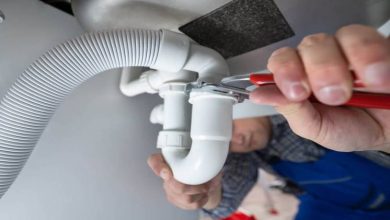Portfolio Allocation

This chapter is about deciding how you share out your trading capital between different instruments or trading rules. Deciding the allocation between instruments is important for asset allocating investors, whilst staunch systems traders have to make both kinds of decision. It isn’t relevant if you’re a semi-automatic trader, since you won’t use systematic trading rules and will trade different instruments opportunistically. You can skip this chapter.
Introducing optimization
Portfolio optimization will find the set of asset weights which give the best expected risk adjusted returns, usually measured by Sharpe ratio. The inputs to this are the expected average returns, standard deviation of returns, and their correlation. The standard method for doing this was first introduced by Harry Markowitz in the 1950s. It was a neat and elegant solution to a complex problem
Saving optimization from itself
How can we fix this problem? I have two techniques that I use. The first, which is quite hard work, is called bootstrapping. This involves repeating my optimization many times over different parts of the data, taking the resulting weights, and averaging them out. So the weights are the average of many optimizations, rather than one optimization on the average of all data.
Making weights by hand
.Something weird happens if you ask an experienced and skilled expert in portfolio optimisation, but not one who uses bootstrapping, to do some work for you. Under your gaze they will pull out their optimisation software and diligently produce some weights. As we’ve seen these are inevitably awful, with many assets having zero weights and one or two having huge allocations. The artisan will then suggest you go for a coffee whilst they do their magic.
Conclusion
Groups should ideally contain only one, two or three assets, but more is okay if their correlations are similar enough. Within these small groups there are only a limited number of distinctive correlation patterns that really matter.





